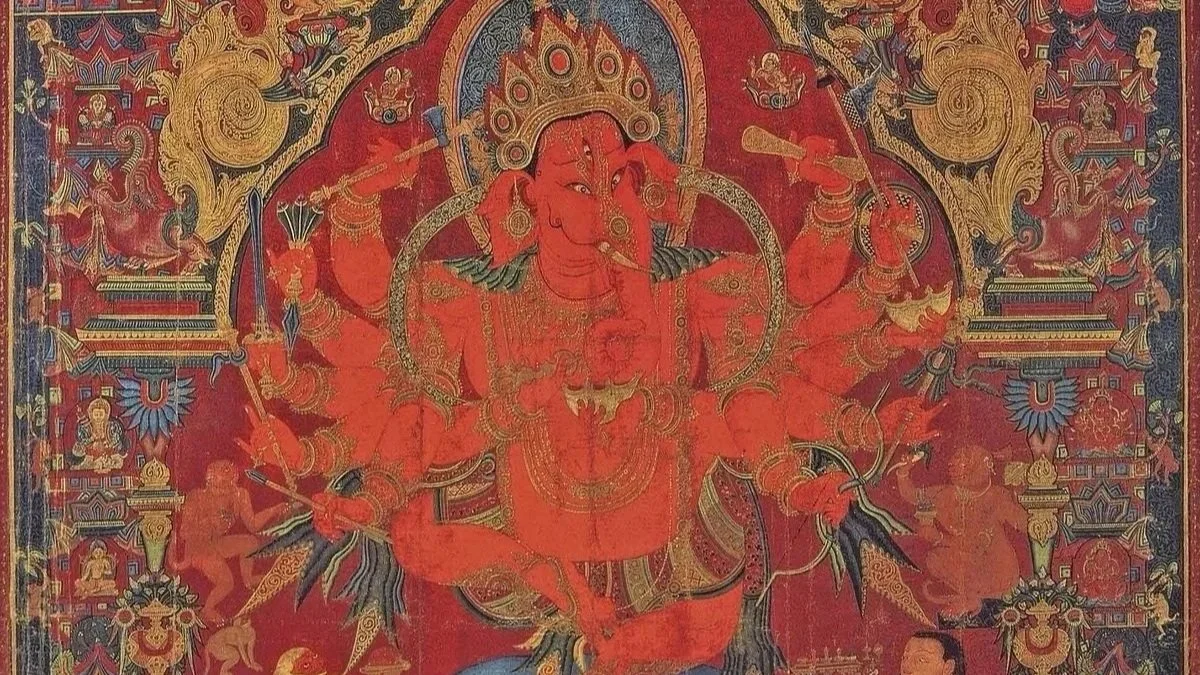
Classical Non-Dual Tantra is an ancient spiritual tradition that invites us to awaken to the timeless awareness that underlies all experience. Grounded in the recognition that consciousness and embodiment are inseparable, this path emphasises direct experience over concept or ritual alone. It teaches that every moment—whether peaceful, challenging, or extraordinary—offers a doorway to freedom when seen with clarity, gentleness, and non-judgment.
Key concepts:
Non-Dual Awareness: The core insight is that there is no separate self standing apart from life. Awareness is already complete; realised practice is simply uncovering this natural fullness.
Embodied Realization: Enlightenment is not an escape from the body. It honours the body as a gateway to awakening, using breath, sensation, sound and posture to rest in wakefulness.
Direct Experience: Rather than relying solely on belief or doctrine, Classical Non-Dual Tantra prioritises experiential insight—seeing through habitual patterns to rest in spacious presence.
Compassionate Action: Insight ripens into kindness and ethical living. The awakened perspective naturally informs how we relate to ourselves, others, and the world.
Lineage and Transmission: Traditions within Classical Non-Dual Tantra often emphasize guidance from skilled teachers, authentic transmissions, and contemplative practices passed through generations.
Practices and portals:
Self-Inquiry and Stillness: Gentle inquiry into the sense of “I” or “me,” complemented by periods of quiet, allowing insight to reveal the inseparability of observer and observed.
Breath and Presence: Breath awareness supports stabilizing attention and resting in open, nonjudgmental awareness.
Deconstructing Limiting Narratives: Recognizing mental patterns that create separation and gently dissolving them through mindful awareness.
Meditation in Everyday Life: Practice extends beyond formal sessions to include how we walk, speak, and relate—bringing presence into daily activity.
Mantra Practice: Repetition of sacred syllables or phrases to refine attention, awaken resonance with wakeful awareness, and soften mental patterns. Mantras can be used as a doorway to felt sense and can be tailored to tradition or teacher guidance.
Somatic Practices: Informed by embodiment-focused approaches, these practices cultivate a safe, open relationship with bodily sensation, posture, and energy flow to support waking consciousness. Such work helps integrate insight at the level of the nervous system.
Dharma Talk and Guidance: Engaging with a teacher or qualified guide can illuminate subtle aspects of practice and help navigate obstacles.
What you might experience:
A sense of spacious stillness that remains steady amid changing thoughts and sensations.
A recognition that peace and vitality co-exist, not as opposites but as two aspects of the same living awareness.
Greater ease in relationships, fewer reactivity patterns, and a felt sense of being “home” in the present moment.
Who it’s for:
Anyone curious about awakening that honours embodiment and everyday life.
Those who resonate with a practical, compassionate approach to spirituality, beyond dogma or rigid ritual.
Practitioners seeking a direct, experiential path that integrates mind, body, and heart.
Getting started
Seek a qualified teacher or lineage that resonates with your sensibilities.
Start with short daily practice: a few minutes of mindful breathing, brief inquiry, and a moment of resting in awareness.
Read accessible introductions, attend introductory talks, and participate in guided sessions to feel the approach in your own experience
